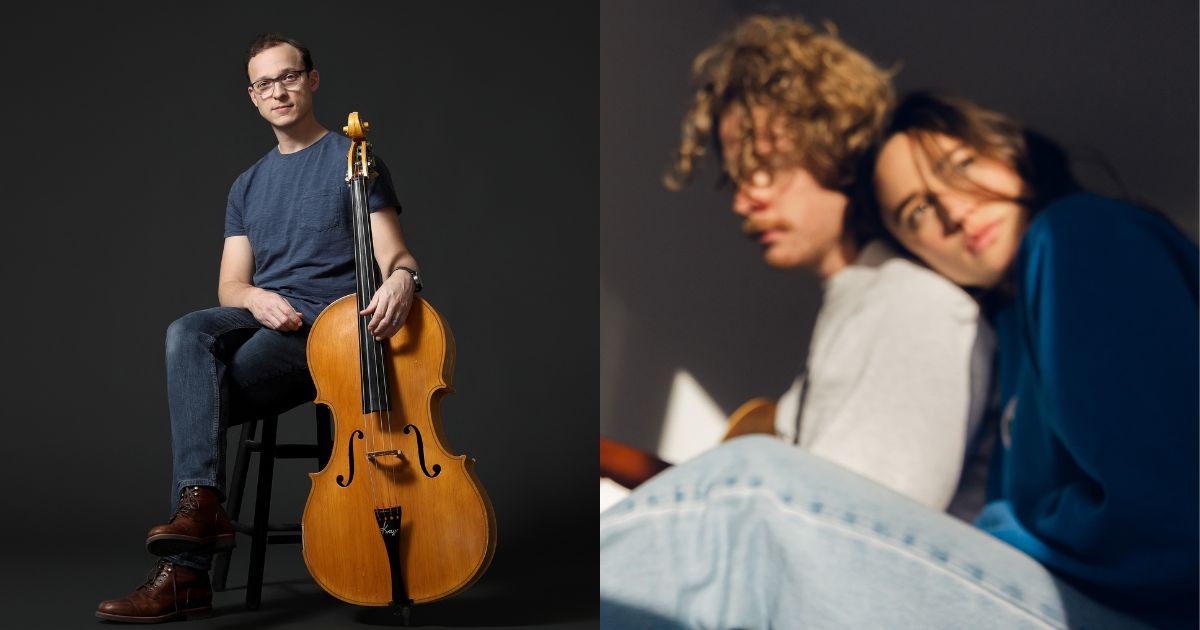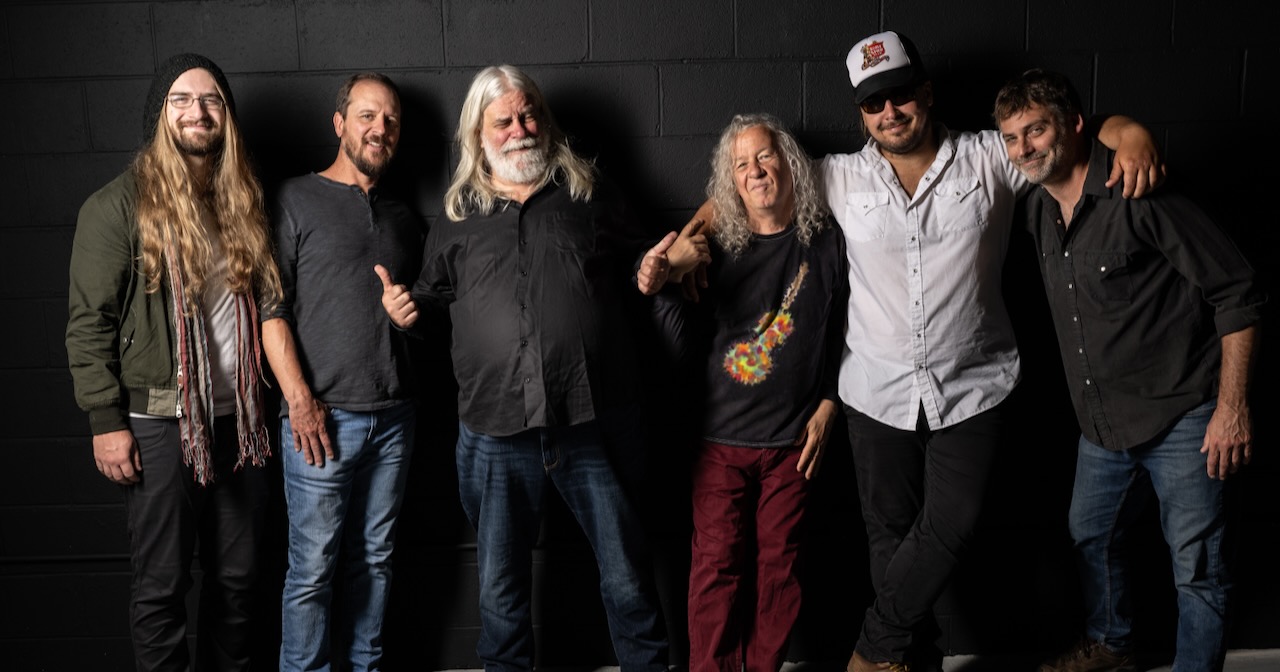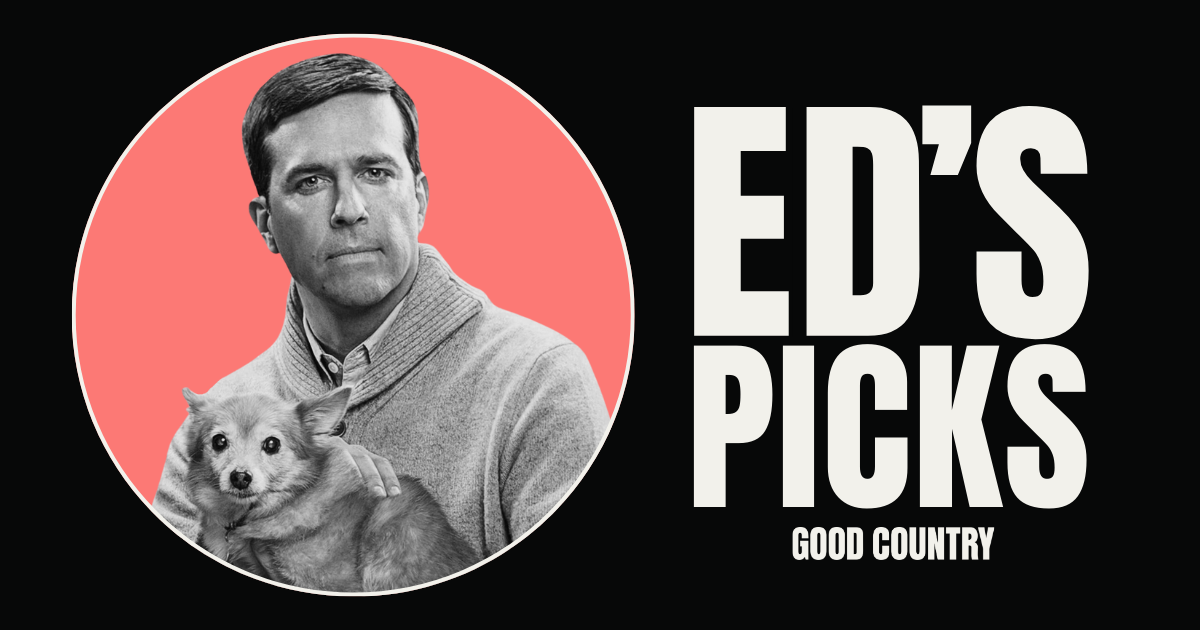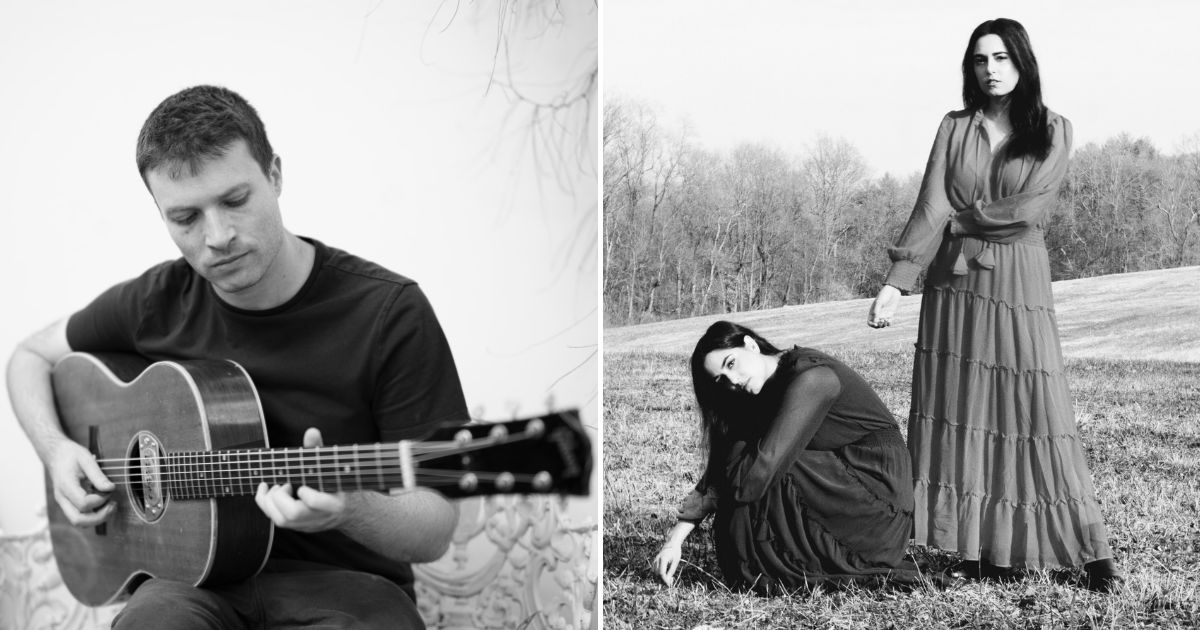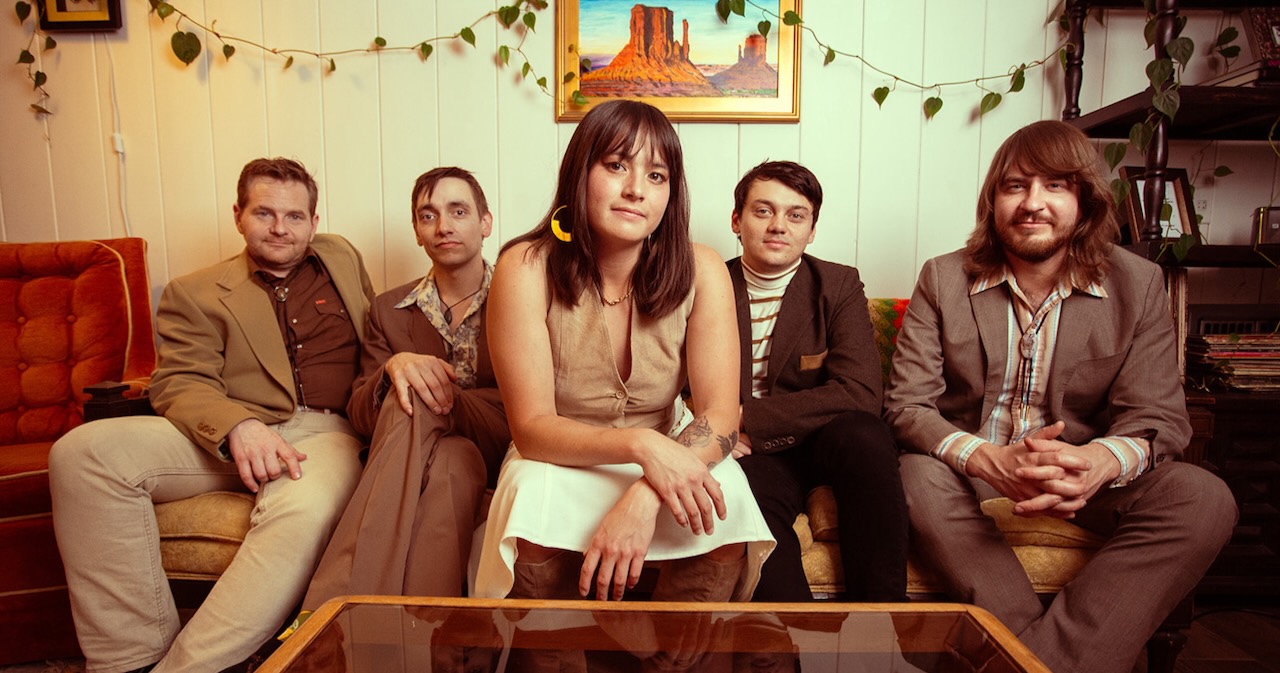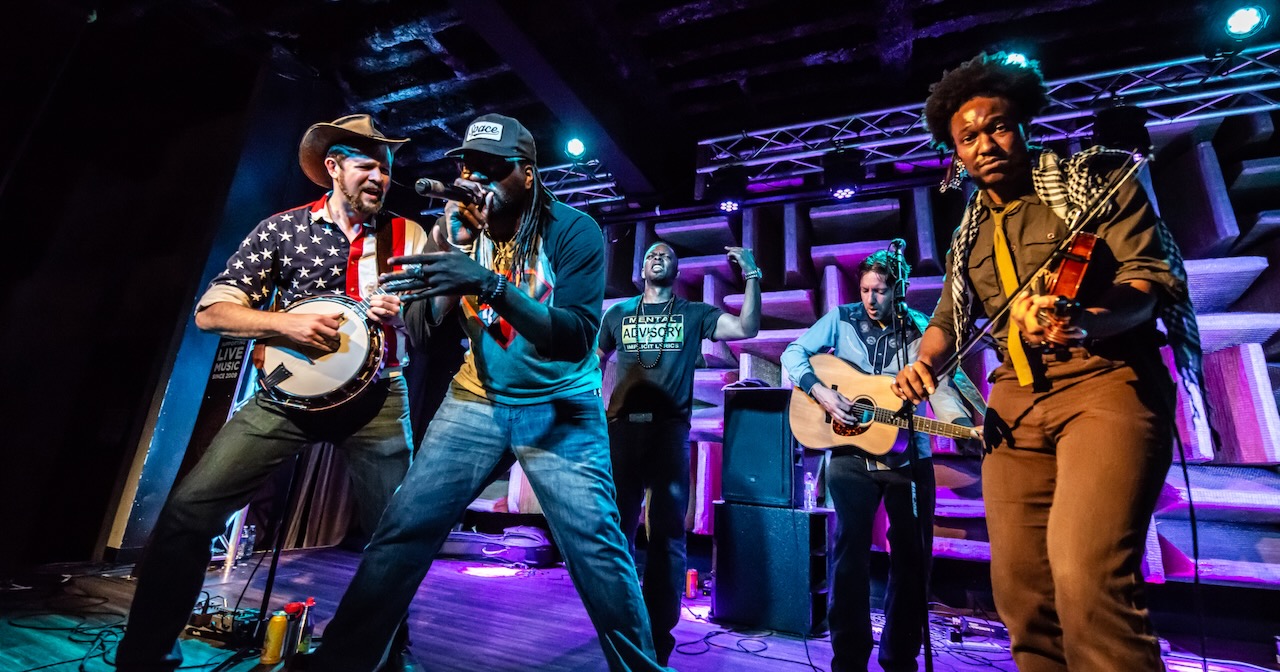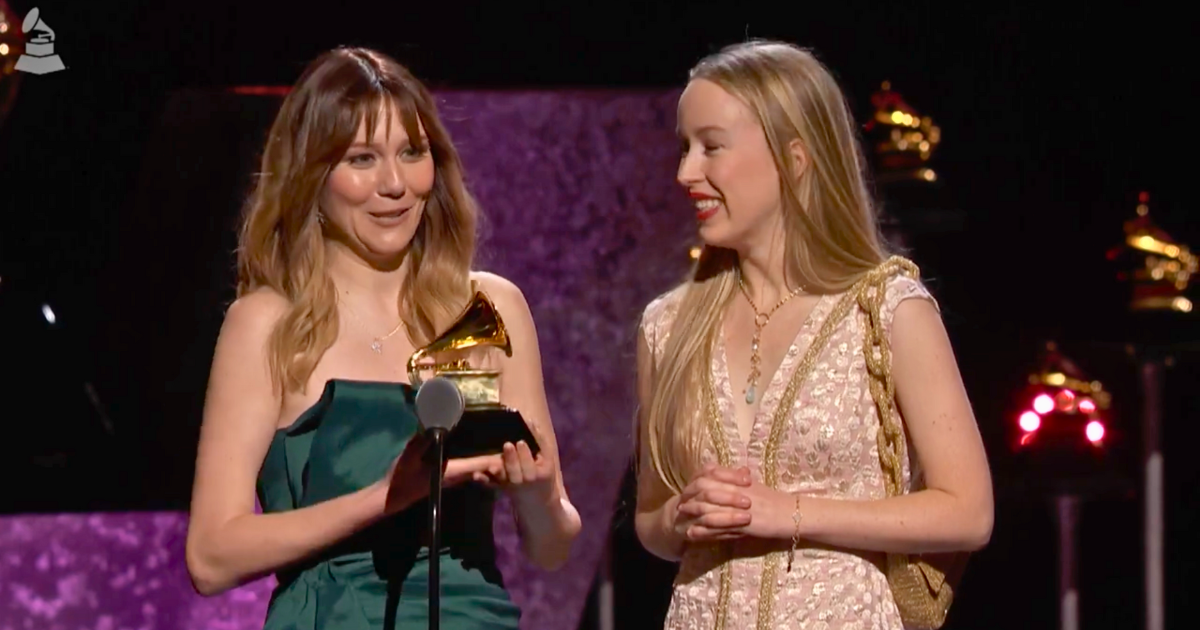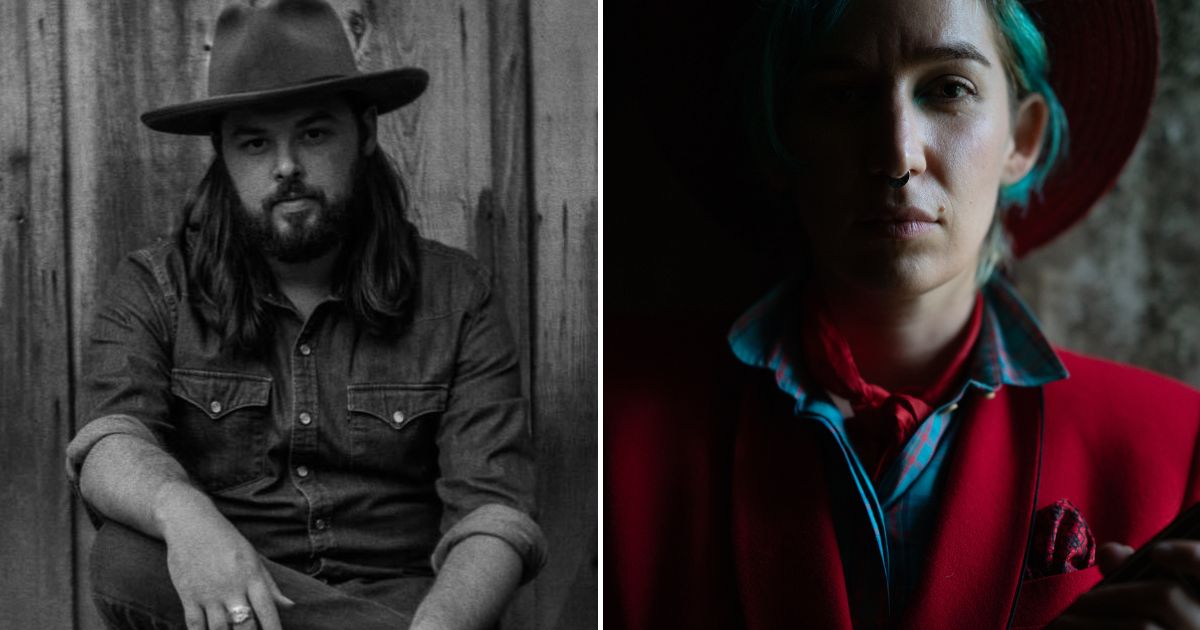This week, BGS readers were graced by two special, Valentine’s Day-themed premieres from jamgrass supergroup The High Hawks and singer-songwriter Caroline Cotter. Plus, our old friend, Kentucky-based cellist Ben Sollee, brought us a gorgeous new performance video of a John Prine cover shot surrounded by verdant houseplants.
Below, catch up on that new music you might have missed from earlier in the week and discover brand new, exclusive premieres from bluegrass group Sideline and indie/Americana duo the Ballroom Thieves. It’s all right here on BGS and… You Gotta Hear This!
Sideline, “The Lives of the Innocent”
Artist: Sideline
Hometown: Raleigh, North Carolina
Song: “The Lives of the Innocent”
Release Date: February 16, 2024
Label: Mountain Home Music Company
In Their Words: “It was great getting back in the studio after over two years. There was a lot of bottled-up magic that came bursting out when we hit the first downbeat. This song fit the very definition of what Sideline is as a sound and the energy we project. It certainly enters the catalog as a blood-pumping, foot stomping, Sideline hit for the ages.” – Skip Cherryholmes, guitar
“‘The Lives of the Innocent’ was a song that was inspired by the Hibriten Guards during the Civil War that mustered in Alexander County, North Carolina. They saw heavy combat during the war, suffering a high casualty rate, and this tune chronicles what potentially could have been one of the soldiers in those ranks. Steve [Dilling] and the guys bumped the tempo a little and captured the essence of the song and the singing is just top-notch!” – Shannon Slaughter, songwriter
Track Credits:
Skip Cherryholmes – Guitar
Steve Dilling – Banjo, harmony vocal
Matt Flake – Fiddle
Nick Goad – Mandolin, harmony vocal
Kyle Windbeck – Bass
Bailey Coe – Lead vocal
The Ballroom Thieves, “Tender”
Artist: The Ballroom Thieves
Hometown: Easton, Massachusetts
Song: “Tender”
Album: Sundust
Release Date: April 12, 2024
Label: Nettwerk Music Group
In Their Words: “We were listening to the band Watchhouse at Newport Folk Festival in 2022 and their sparse instrumentation and fluid melodies inspired us to start writing ‘Tender’ right on the spot. We learn a lot from our peers, and in this case, the lesson was about the importance of creating space for your songs to breathe so you can hear what’s happening between the notes.” – The Ballroom Thieves
Ben Sollee, “Only Love” (John Prine Cover)
Artist: Ben Sollee
Hometown: Louisville, Kentucky
Song: “Only Love”
Release Date: February 13, 2023
In Their Words: “John Prine had a knack for folding mantras in to his songs. This song has a message that resonates deeply with my journey as a creative, father, and husband [and] that is so needed in this fitful world. ‘When love comes your way, you learn to say, I love you!’” – Ben Sollee
The High Hawks, “This Is What Love Feels Like”
Artist: The High Hawks
Hometown: Boulder, Colorado and All Points Between, USA
Song: “This Is What Love Feels Like”
Album: Mother Nature’s Show
Release Date: February 16, 2024
In Their Words: “This song sits in a slightly different world than the rest of The High Hawks’ new record. It’s a step into the mind of a hopeless romantic at a show, waiting for the band to come on with his love by his side. Sometimes the world just seems to conspire to make everything just right. This is about one of those nights. The song came out of a co-write with Chris Gelbuda, Shawn Camp, and myself one Nashville summer afternoon. I’m glad it found a home with The High Hawks!” — Vince Herman
Caroline Cotter, “Do You Love Me?”
Artist: Caroline Cotter
Hometown: from Providence, Rhode Island; currently living in Ellsworth, Maine
Song: “Do You Love Me?”
Album: Gently As I Go
Release Date: August 18, 2023
In Their Words: “‘Do You Love Me?’ is a love song, short and sweet and perhaps a bit tongue–in–cheek, echoing desperate and anxious attempts from a hopeless romantic to their new love (and the universe) to get some certainty in very uncertain territory. This anxiety and excitement come together in a fun little package, trading places depending on the day or the moment, and sometimes it’s best to laugh at the silliness of it all, and realize that attempts to know or pretend to know by reading the signs are likely futile, but if nothing else, they’re fun to sing about. I love how Fernando’s illustrations in the video bring out the whimsy, playfulness, and sweetness of the lyrics.” – Caroline Cotter
Photo Credit: The Ballroom Thieves by Meredith Brockington; Ben Sollee by Jessica Ebelhar.
